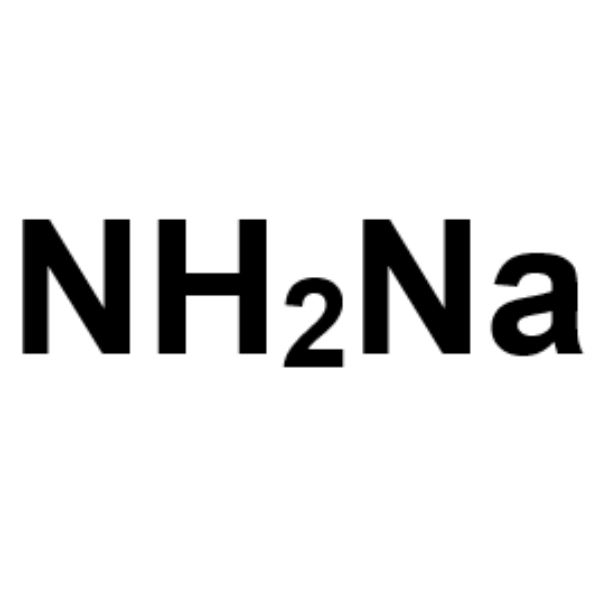Sodium Amide CAS 7782-92-5 Purity >98.0% (T) Factory
Shanghai Ruifu Chemical Co., Ltd. is the leading manufacturer and supplier of Sodium Amide (CAS: 7782-92-5) with high quality, commercial production. We can provide COA, worldwide delivery, small and bulk quantities available. Please contact: alvin@ruifuchem.com
| Chemical Name | Sodium Amide |
| CAS Number | 7782-92-5 |
| Stock Status | In Stock, Production Scale Up to Tons |
| Molecular Formula | NaNH2 |
| Molecular Weight | 39.01 |
| Melting Point | 210℃(lit.) |
| Boiling Point | 400℃(lit.) |
| Density | 1.39 g/cm3 (25℃) |
| Odor | Ammonia Like |
| Sensibility | Air and Moisture Sensitive |
| COA & MSDS | Available |
| Origin | Shanghai, China |
| Brand | Ruifu Chemical |
| Item | Specifications |
| Appearance | Off-White to Tan to Grey Powder or Pellets |
| Purity / Analysis Method | >98.0% (Titration by NaOH) |
| Na2O2 | ≤0.10% |
| Calcium (Ca) | 52.6ug/g |
| Magnesium (Mg) | 32.4ug/g |
| Iron (Fe) | 56.8ug/g |
| Potassium (K) | 142ug/g |
| Sodium (Na) | ≤0.02% |
| X-Ray Diffraction | Conforms to Structure |
| Test Standard | Enterprise Standard |
Package: Bottle, Aluminium foil bag, 25kg/Cardboard Drum, or according to customer's requirement
Storage Condition: Store in sealed containers at cool and dry place; Protect from light and moisture

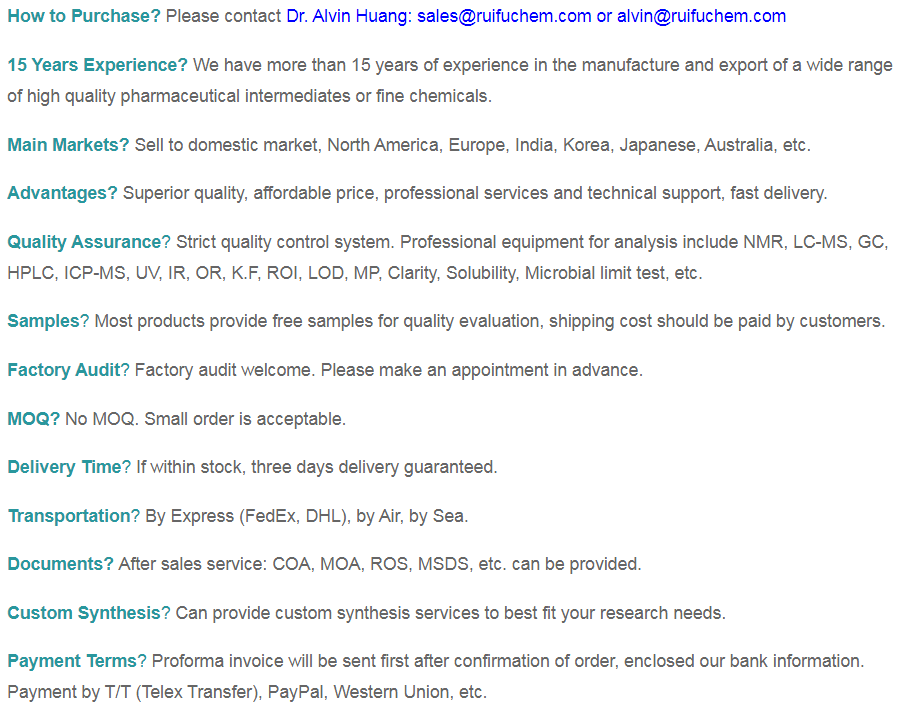
Risk Codes
R14/15 -
R19 - May form explosive peroxides
R34 - Causes burns
R20/21 - Harmful by inhalation and in contact with skin.
R10 - Flammable
R67 - Vapors may cause drowsiness and dizziness
R65 - Harmful: May cause lung damage if swallowed
R63 - Possible risk of harm to the unborn child
R48/20 -
R11 - Highly Flammable
R36/37 - Irritating to eyes and respiratory system.
R15/29 -
R14 - Reacts violently with water
R50 - Very Toxic to aquatic organisms
R29 - Contact with water liberates toxic gas
Safety Description
S26 - In case of contact with eyes, rinse immediately with plenty of water and seek medical advice.
S43 - In case of fire use ... (there follows the type of fire-fighting equipment to be used.)
S45 - In case of accident or if you feel unwell, seek medical advice immediately (show the label whenever possible.)
S62 - If swallowed, do not induce vomitting; seek medical advice immediately and show this container or label.
S7/8 -
S43D -
S36/37/39 - Wear suitable protective clothing, gloves and eye/face protection.
S27 - Take off immediately all contaminated clothing.
S16 - Keep away from sources of ignition.
S61 - Avoid release to the environment. Refer to special instructions / safety data sheets.
UN IDs UN 3129 4.3/PG 2
WGK Germany 2
FLUKA BRAND F CODES 3-10-23
TSCA Yes
Hazard Class 4.3
Packing Group II
Sodium Amide (CAS: 7782-92-5), Unstable in air, easy to oxidation. Heating oxidation of sodium hydroxide, sodium nitrite and ammonia. Decomposition begins at 400℃, and rapidly decomposes at 500-600℃. Deliquescence, and water intense reaction to generate ammonia and sodium hydroxide. Decomposition in hot alcohol. Decomposition to nitrogen, sodium, hydrogen and ammonia was achieved by heating to 300-330℃ in a vacuum. Toxic! Flammable and explosive. Corrosive.
Sodium Amide (CAS: 7782-92-5) is widely used in organic chemical synthesis. 1. Sodium Amide can be used as the condensation accelerator in organic chemical reactions. It is raw material in synthesis of vitamin A. Sodium Amide can be also used as dehydrating agent, dehalogenating agent, alkylating agent, ammoniated agent. In liquid ammonia, the dissociation of NHf in liquid ammonia can be used as initiator of anionic polymerization producting polyvinyl chloride ion. Sodium Amide is also used in the manufacture azides, cyanide, hydrazine, and indigo. 2. Sodium Amide can be used as condensation-accelerating agent in organic synthesis, dehydration and the like. 3. For making NaCN, organic synthesis and pharmaceutical manufacturing. 4. In the production of indigo and hydrazine. Intermediate in the preparation of sodium cyanide. In ammonolysis reactions, in Claisen condensations, alkylation of nitriles and ketones, synthesis of ethynyl Compounds, acetylenic carbinols. 5. Sodium Amide is a powerful reducing agent. Reacts violently with oxidizing agents.
High temperature method: sodium metal is melted at 97~100℃, dehydrated liquid ammonia is slowly introduced, and the reaction is carried out at 350~360℃ to form sodium amino acid and hydrogen, and the reaction time is 6.5 hours, when it was checked that there was no metallic sodium present, the ammonia flux was stopped and the reaction was completed. After the reaction, it was cooled, condensed into thin slices, and then crushed to obtain sodium amino acid product, which was vacuum packed.
Low-temperature synthesis: the raw material is the same as the high-temperature method, and the reaction temperature is -30℃., which is synthesized in the presence of a metal catalyst.
Outside the package, there shall be clearly marked_wet flammable solid-"toxic" text and icons, as well as the provisions of the goods must be written description. Store in a cool, dry warehouse. Should avoid contact with air, water, fire, in order to avoid explosion and fire. It should be kept in a closed form and protected from moisture. Storage time should not be too long. Handling is to be careful to handle, so as not to damage the package. Cover with tarpaulin during transportation in case of sun and rain.
Hazards and protection: dust is toxic, can cause corrosive burns, can seriously stimulate the eyes, skin and respiratory system. Wear gas masks and gloves when disposing of the escaping materials, mix them with dry sand and send them to an open place, and release them to the wastewater system after reacting with a large amount of water. Water should also be applied to the contaminated ground; Skin contact, eye irritation, should be immediately washed with water; Wrong in the mouth, should immediately rinse, drinking water and vinegar or 1% acetic acid, then the patient was sent to the hospital for treatment. After working in a high dust environment, take a bath and change clothes, store protective equipment separately, and often change. In case of fire, it can be controlled by dry sand, dry powder, carbon dioxide fire extinguishing or asbestos cloth.
-
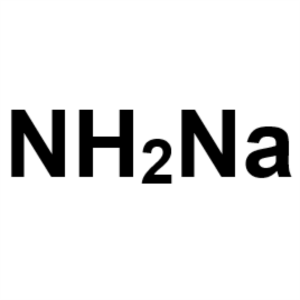
Sodium Amide CAS 7782-92-5 Purity >98.0% (T) Fa...
-
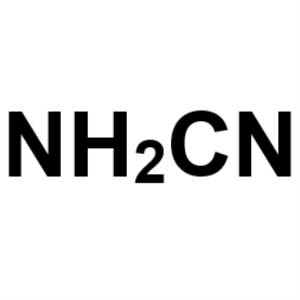
Cyanamide 50% in H2O CAS 420-04-2 Factory High ...
-
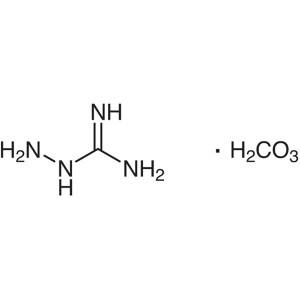
Aminoguanidine Bicarbonate CAS 2582-30-1 Purity...
-
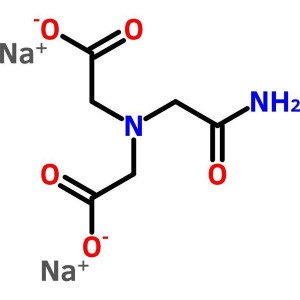
ADA Disodium Salt CAS 41689-31-0 Purity >98.0% ...
-
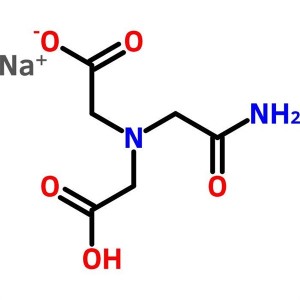
ADA Monosodium Salt CAS 7415-22-7 Purity >99.0%...
-
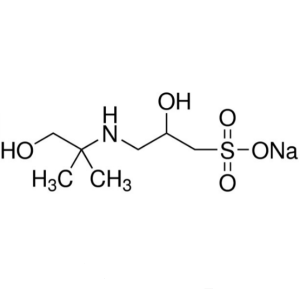
AMPSO Sodium Salt CAS 102029-60-7 Purity >98.0%...
-
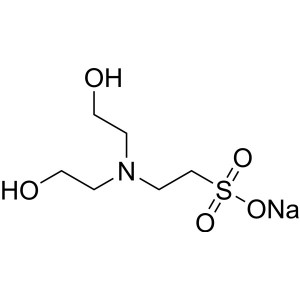
BES Sodium Salt CAS 66992-27-6 Purity >99.0% (T...
-
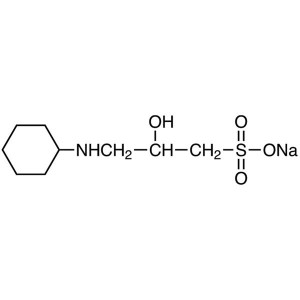
CAPSO Sodium Salt CAS 102601-34-3 Purity >99.0%...
-
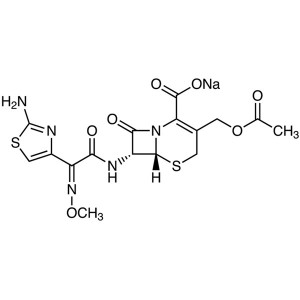
Cefotaxime Sodium Salt CAS 64485-93-4 Assay ≥91...
-
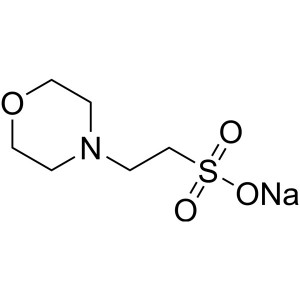
MES Sodium Salt CAS 71119-23-8 Purity >99.0% (T...
-
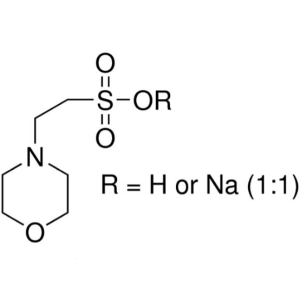
MES Hemisodium Salt CAS 117961-21-4 Purity >99....
-
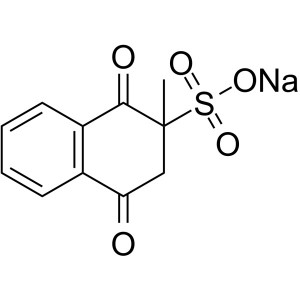
Menadione Sodium Bisulfite CAS 130-37-0 Assay>9...
-
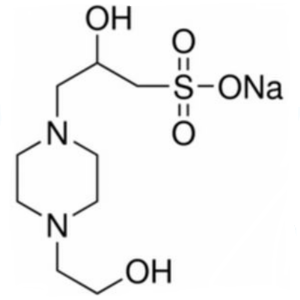
HEPPSO Sodium Salt CAS 89648-37-3 Purity >99.0%...
-
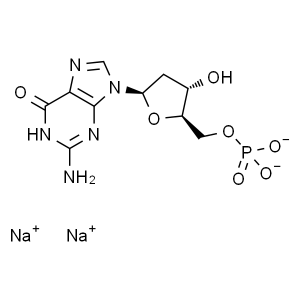
Disodium 5′-dGMP (dGMP.Na2) CAS 33430-61-...
-
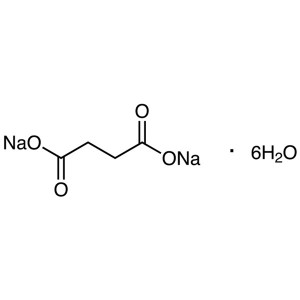
Disodium Succinate Hexahydrate CAS 6106-21-4 Pu...
-
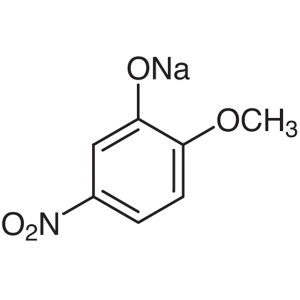
5-Nitroguaiacol Sodium Salt CAS 67233-85-6 Puri...

